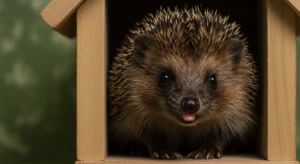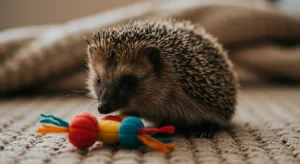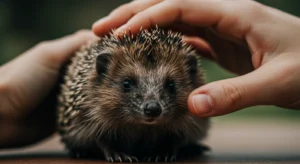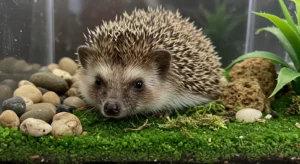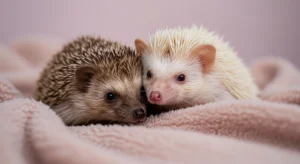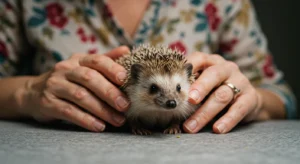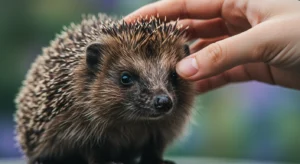Hedgehog Behavior
How to Introduce Your Hedgehog to Other Pets Safely
Introducing a hedgehog to existing household pets requires extreme caution and careful planning. Hedgehogs are small, can be easily stressed, and are viewed as prey by many common pets like cats and dogs. While some carefully managed interactions might be possible, safety must always be the top priority, and unsupervised contact should never occur.
Introduction: Risks and Considerations
The primary risk is injury or death to the hedgehog. A curious paw swipe from a cat or a playful nip from a dog can be fatal. Even small pets like ferrets or rats can pose a threat. Stress is another major concern; the mere presence or scent of a potential predator can cause significant anxiety for a hedgehog. Conversely, a hedgehog’s quills can injure a curious pet that gets too close. Understanding hedgehog defense mechanisms is key before attempting introductions.
Assess Temperaments (All Pets)
Before even considering an introduction, evaluate the personalities involved:
- Your Hedgehog: Is it generally calm and curious, or easily frightened and prone to staying balled up? A very timid hedgehog may find any interaction too stressful.
- Your Other Pet(s):
- Dogs: Does your dog have a high prey drive? Does it chase squirrels or birds? Is it generally calm and obedient, or hyperactive and unpredictable? Breeds with strong hunting instincts (terriers, hounds) may pose a higher risk.
- Cats: Is your cat a hunter? Does it stalk insects or watch birds intently? Is it easily startled or generally laid-back?
- Other Small Animals: Ferrets are natural predators. Rodents might be stressed by the hedgehog or vice versa. Consider compatibility carefully.
If any pet shows strong predatory behavior or high excitability, introductions are likely too risky.
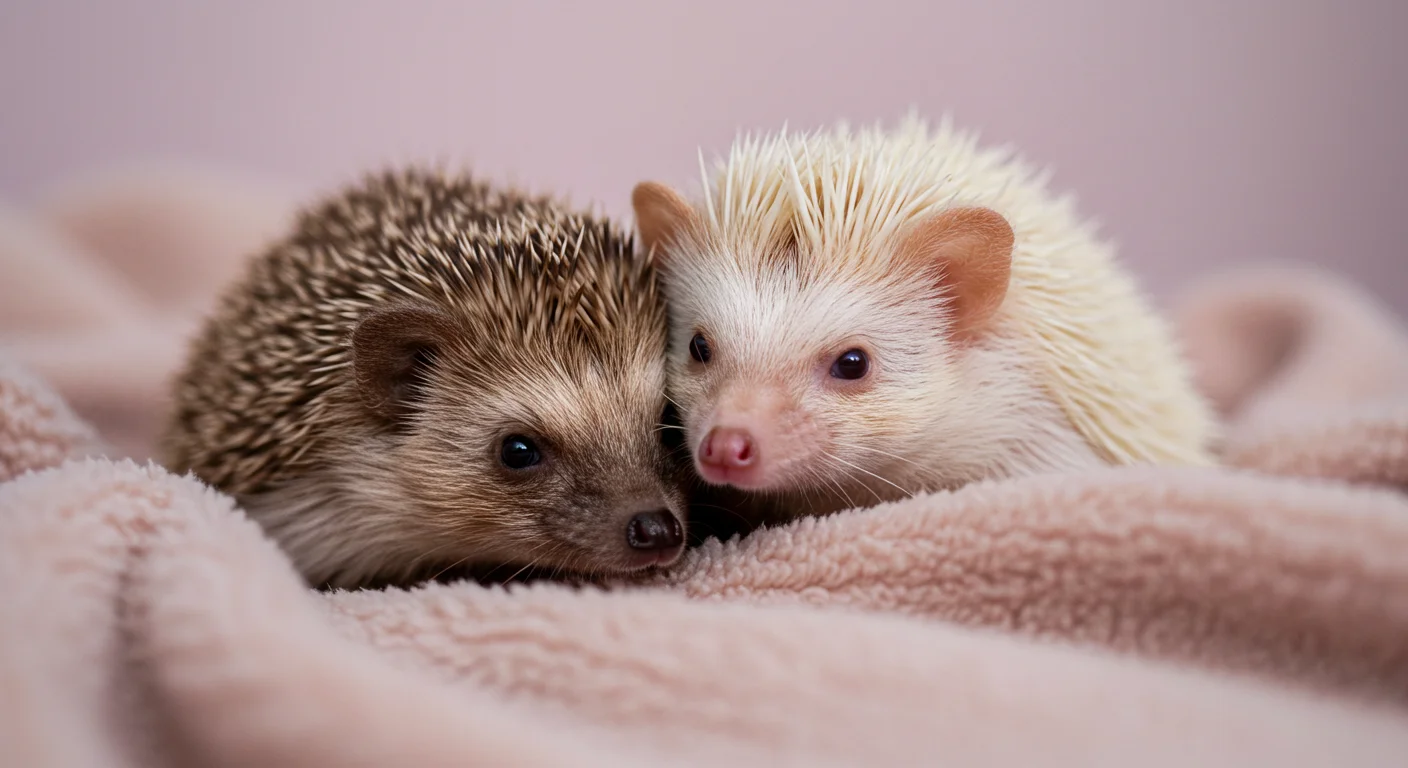
Prepare the Environment
Introductions should happen in a neutral, controlled space.
- Secure the Hedgehog: Initially, keep the hedgehog securely in its cage or a solid-sided carrier where the other pet can investigate the scent from a distance without physical contact.
- Control the Other Pet: Dogs should be on a leash; cats might be held or closely supervised. Ensure you have full control over the larger or more potentially aggressive animal.
- Minimize Stressors: Choose a quiet time with few distractions.
Controlled Introductions: Step-by-Step
Go slowly and watch body language carefully.
- Scent Swapping: Let pets get used to each other’s scent first. Swap bedding or allow them to smell each other through the bars of the hedgehog’s cage (ensure safety gaps are too small for paws/noses).
- Visual Introduction (Distance): Allow the pets to see each other from a safe distance, with the hedgehog secure and the other pet controlled. Reward calm behavior from the dog/cat.
- Closer, Controlled Sniffing (Optional & Risky): *If* both animals seem calm and disinterested, you *might* allow a closely supervised sniff while you securely hold the hedgehog or have it in a very secure pen, and the dog is leashed/cat controlled. Keep sessions extremely short (seconds initially). Watch for any sign of lunging, intense staring, or aggression from the pet, or huffing/balling up from the hedgehog.
Introducing to Cats/Dogs
This is the highest-risk scenario.
- Focus on the Dog/Cat’s Reaction: Intense staring, stalking posture, whining, barking, or attempts to paw/nip are red flags. End the interaction immediately.
- Hedgehog’s Safety Barrier: A sturdy playpen or keeping the hedgehog partially covered can offer some protection during visual stages.
- Realistic Expectations: The goal isn’t friendship, but rather tolerance or indifference. Many dogs/cats will never be safe around a hedgehog. Recognizing potential sources of injury for hedgehogs is critical here.
One Bite Can Kill: Never underestimate the speed and potential force of a cat or dog. Constant vigilance is required.
Introducing to Small Pets
While seemingly less dangerous, risks still exist.
- Species Matters: Ferrets are natural predators. Some rodents might nip. Assess compatibility based on species-specific behaviors.
- Shared Playtime Unlikely: It’s generally not advisable to let hedgehogs share free-roam time with other small animals due to stress and potential conflict. Separate, supervised playtime is the norm.
Never Leave Unsupervised
This is the golden rule. **Never, ever leave your hedgehog unattended with another pet**, no matter how well you think they get along. Instincts can override training or apparent calmness in an instant. Secure the hedgehog safely in its own enclosure when you cannot directly supervise.
Conclusion: Safety First
Introducing hedgehogs to other pets is fraught with risk and often unnecessary. Prioritize your hedgehog’s safety and well-being above the desire for interspecies interaction. If you attempt introductions, proceed with extreme caution, constant supervision, and be prepared to keep the animals permanently separated if there is any sign of incompatibility or danger. A peaceful coexistence in separate spaces is often the safest and kindest arrangement.
Animal behavior concepts adapted from general principles of pet introductions and understanding prey animal responses.
